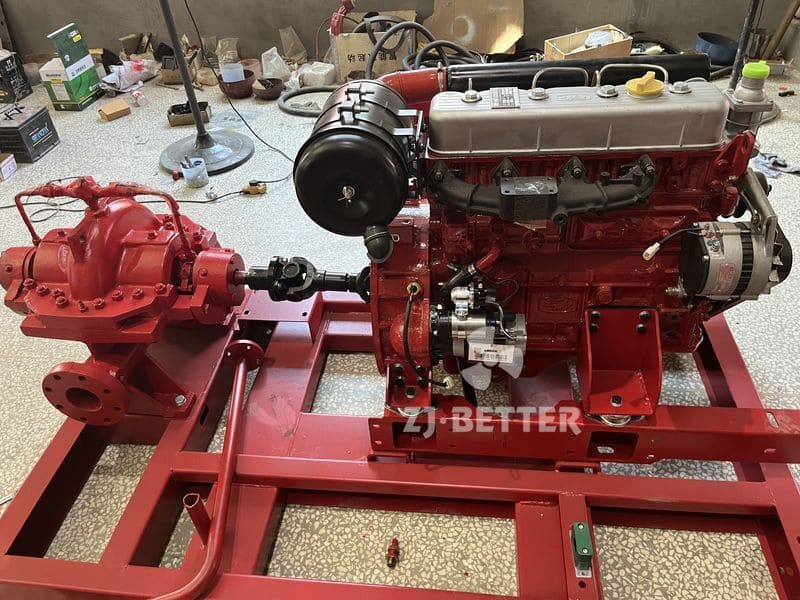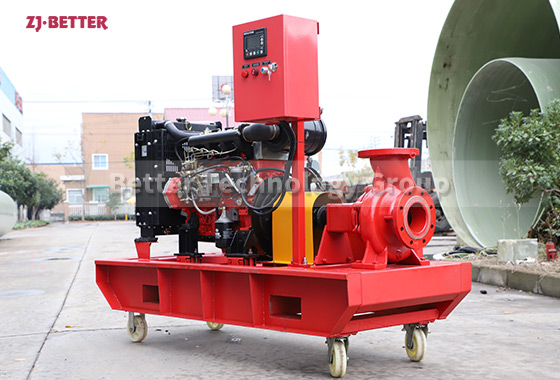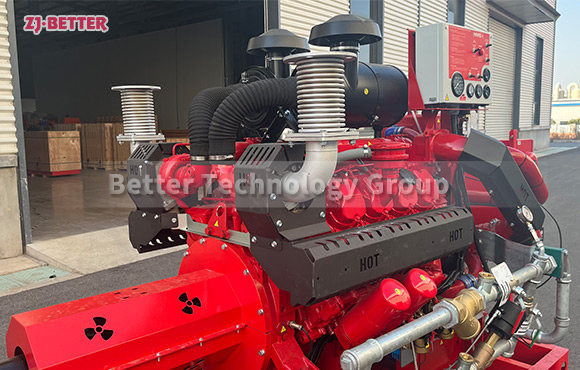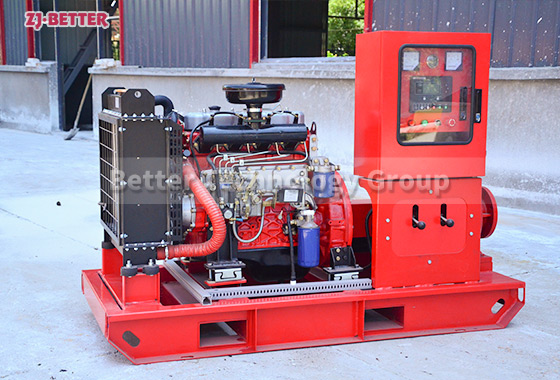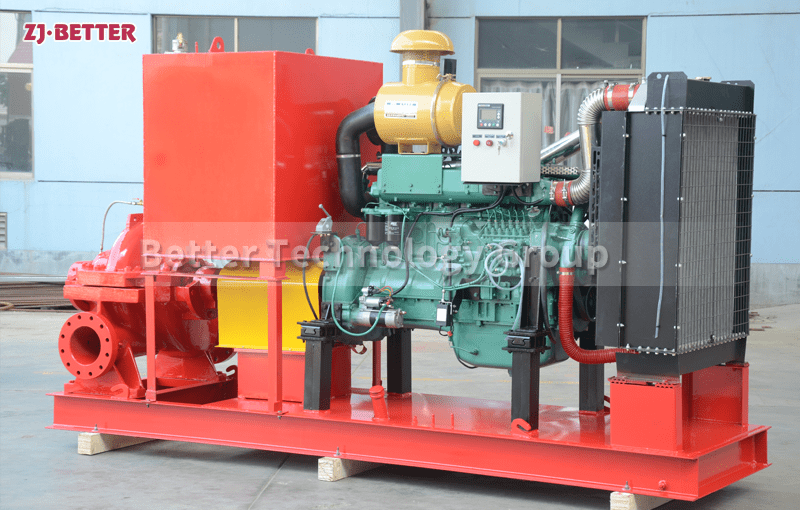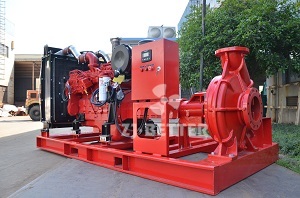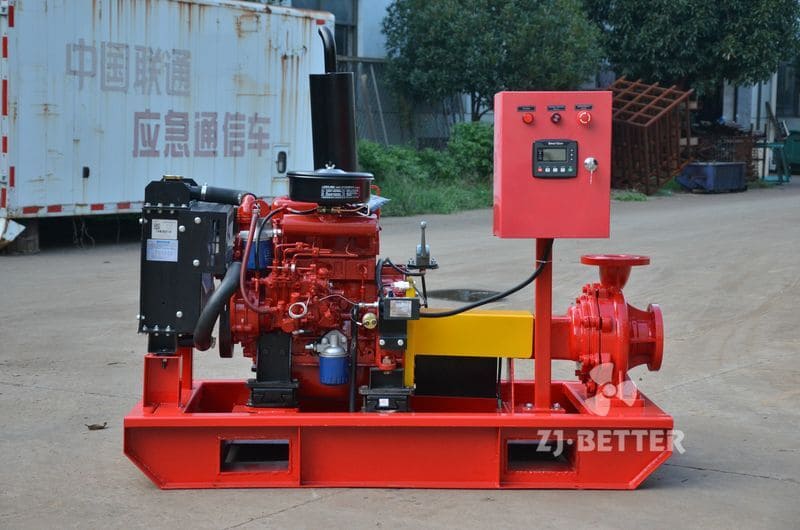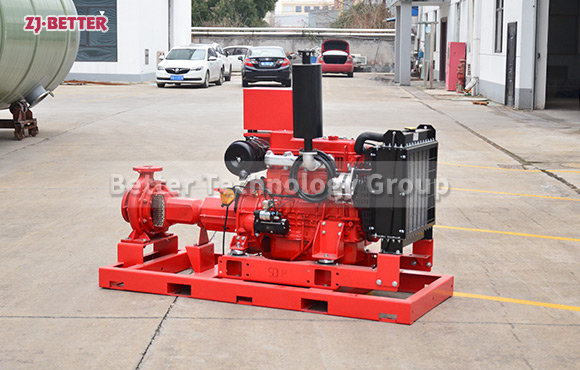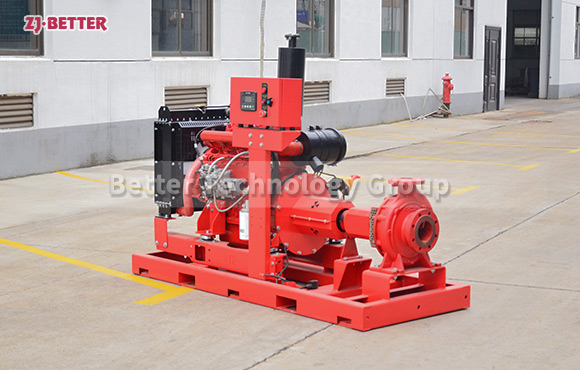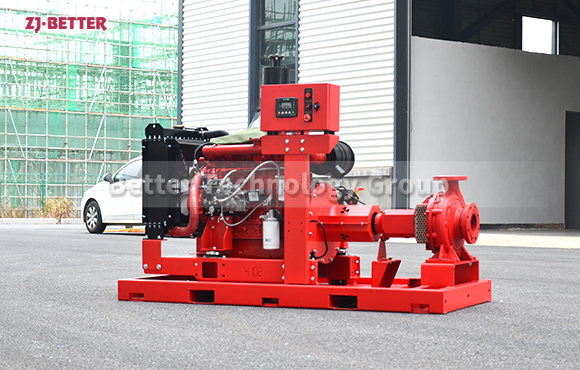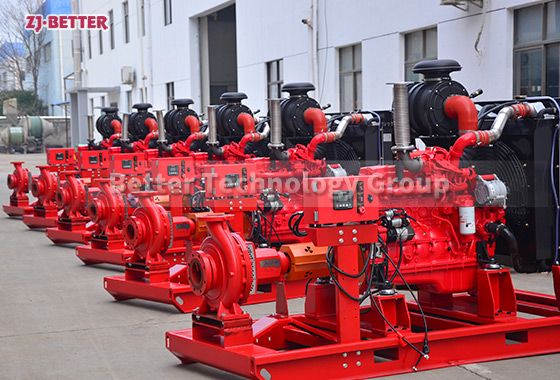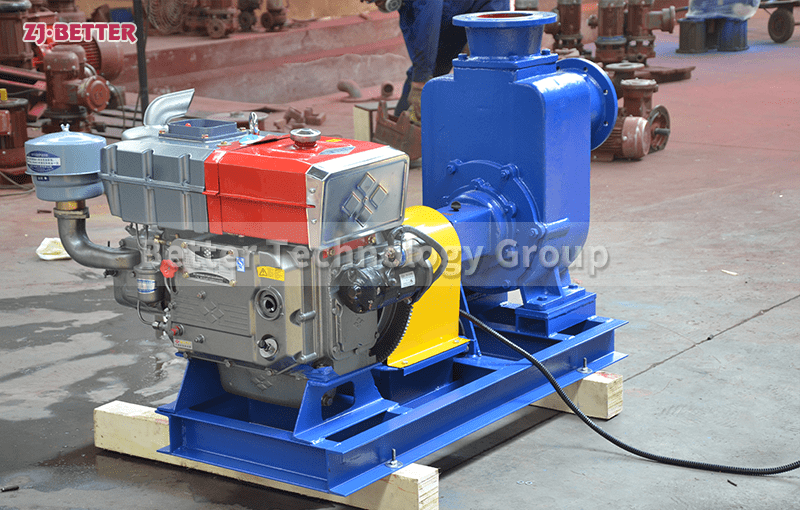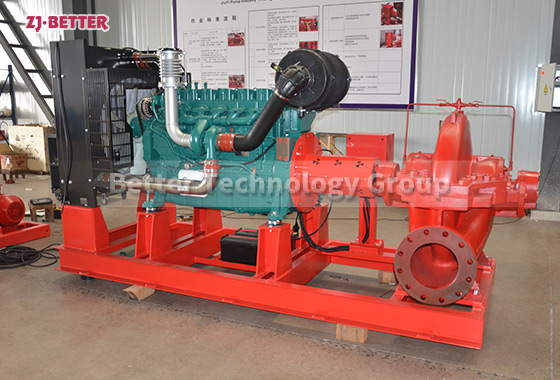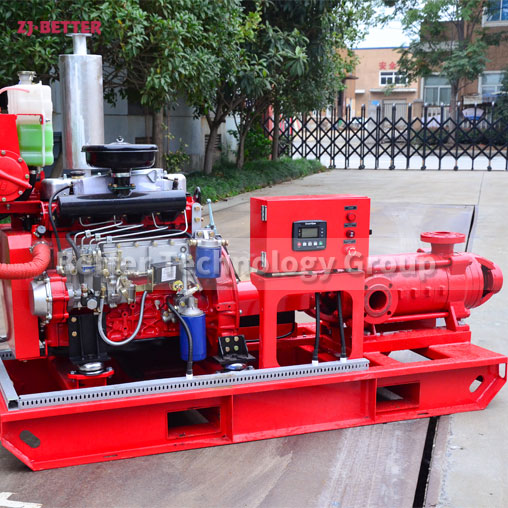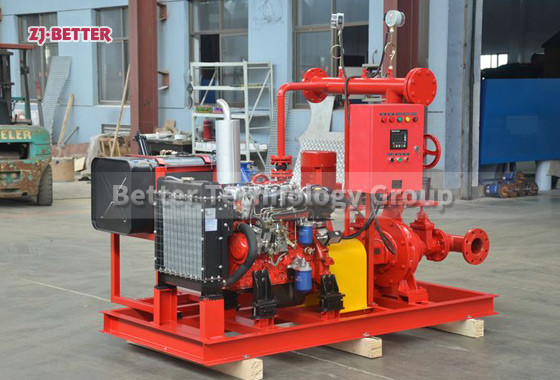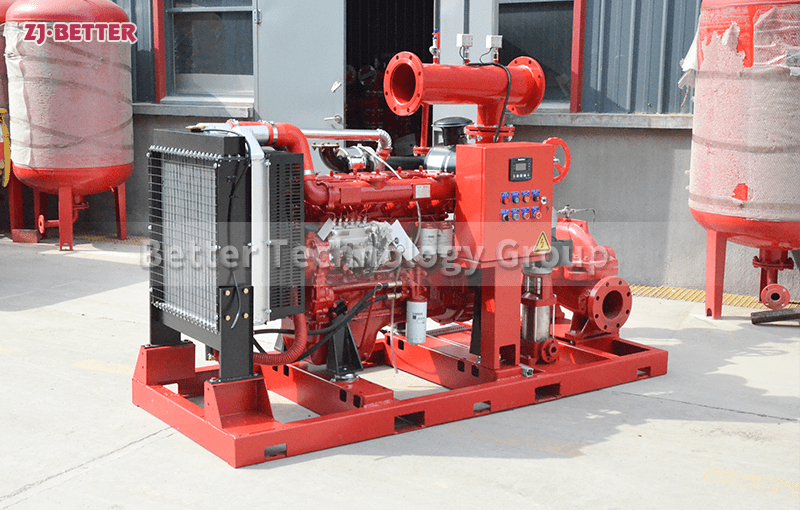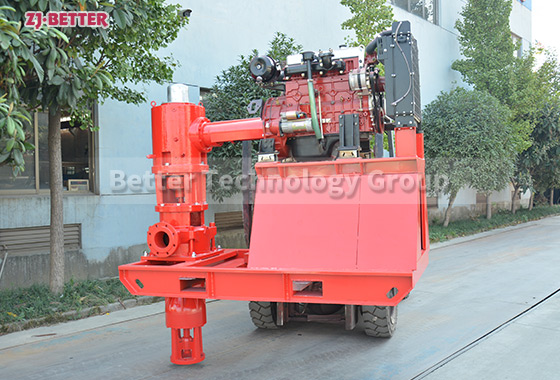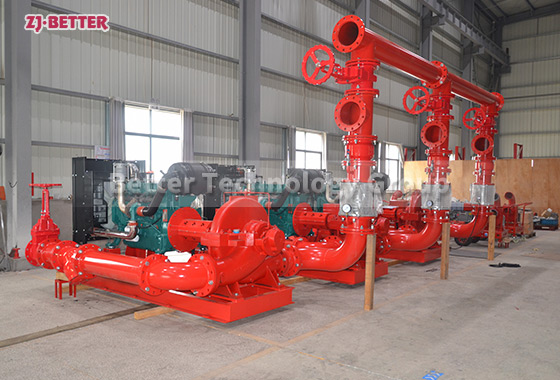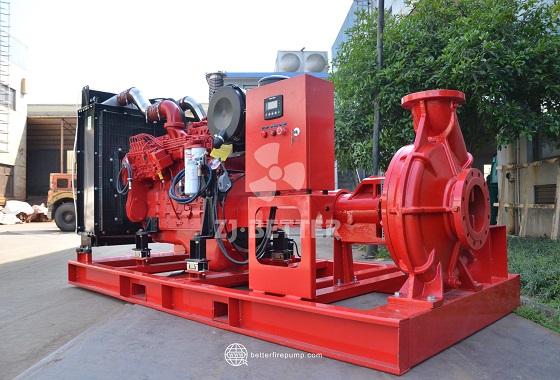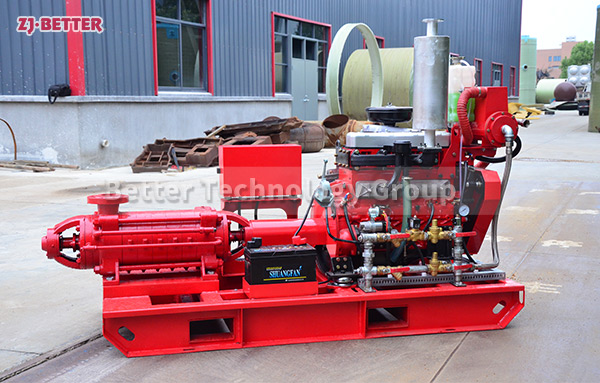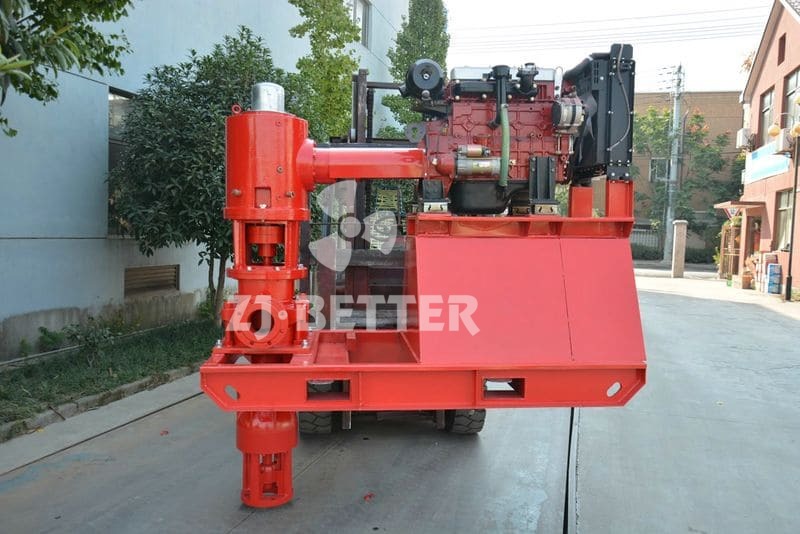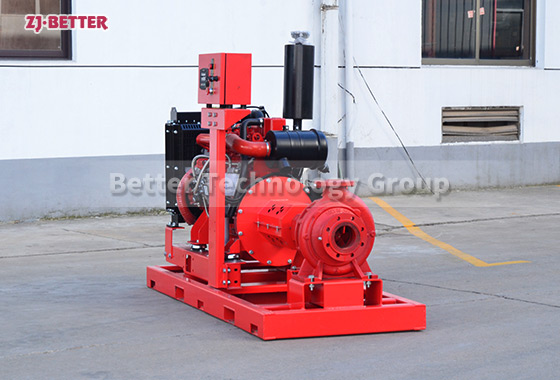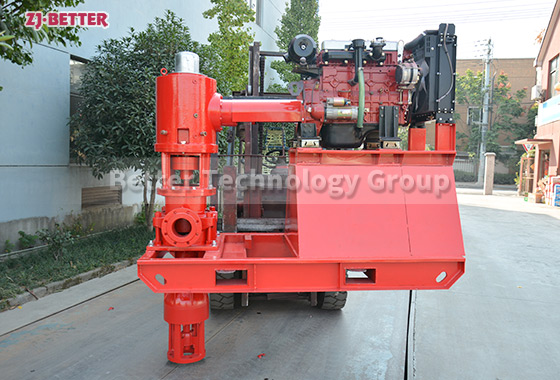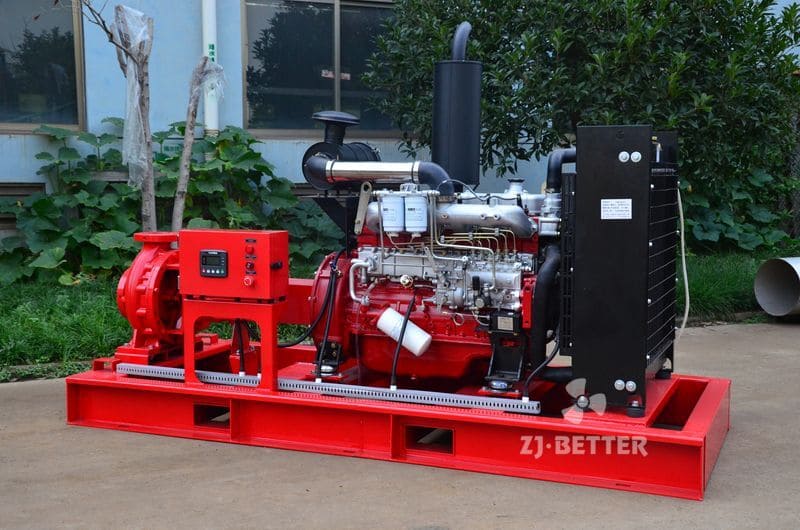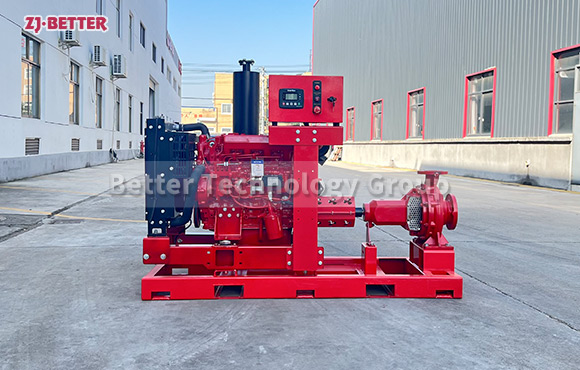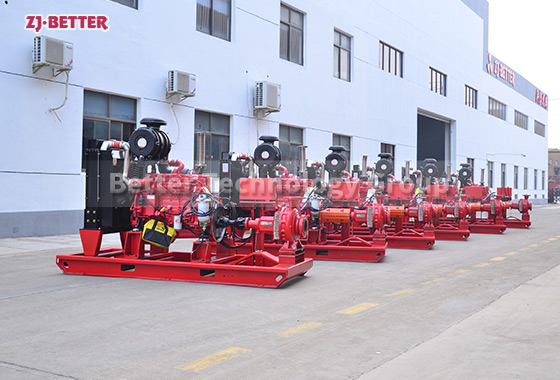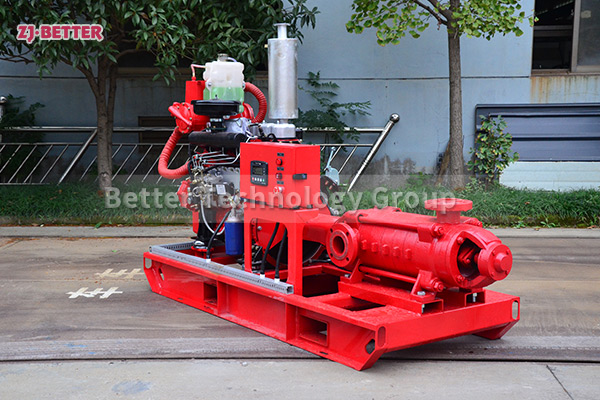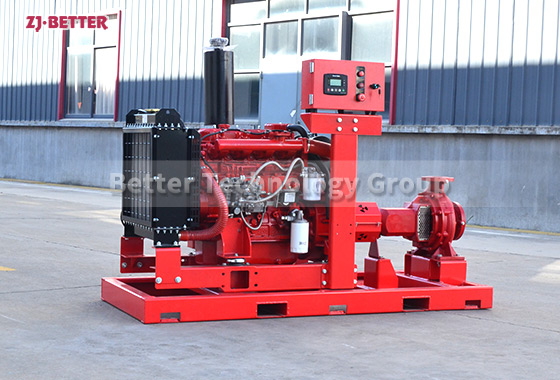Assembling a Diesel Fire Pump
Diesel engine fire pump, as a fixed fire extinguishing equipment, has been widely used in fire diversion, especially in the case of no power supply or abnormal power supply and other emergencies, other diesel engines can also be equipped as power engines according to the needs of users.
Diesel engine water pumps are made of domestic or imported high-quality products. They have the characteristics of good starting characteristics, strong overload capacity, compact structure, convenient maintenance, simple use and high degree of automation. They are advanced and reliable fire fighting equipment. At the same time, in order to meet the different needs of users and reasonable investment, the products are divided into multiple application series such as fire pumps, industrial emergency pumps, agricultural pumps, marine pumps, trailer-type mobile water pump stations, etc., which can be used together with electric fire pumps.

